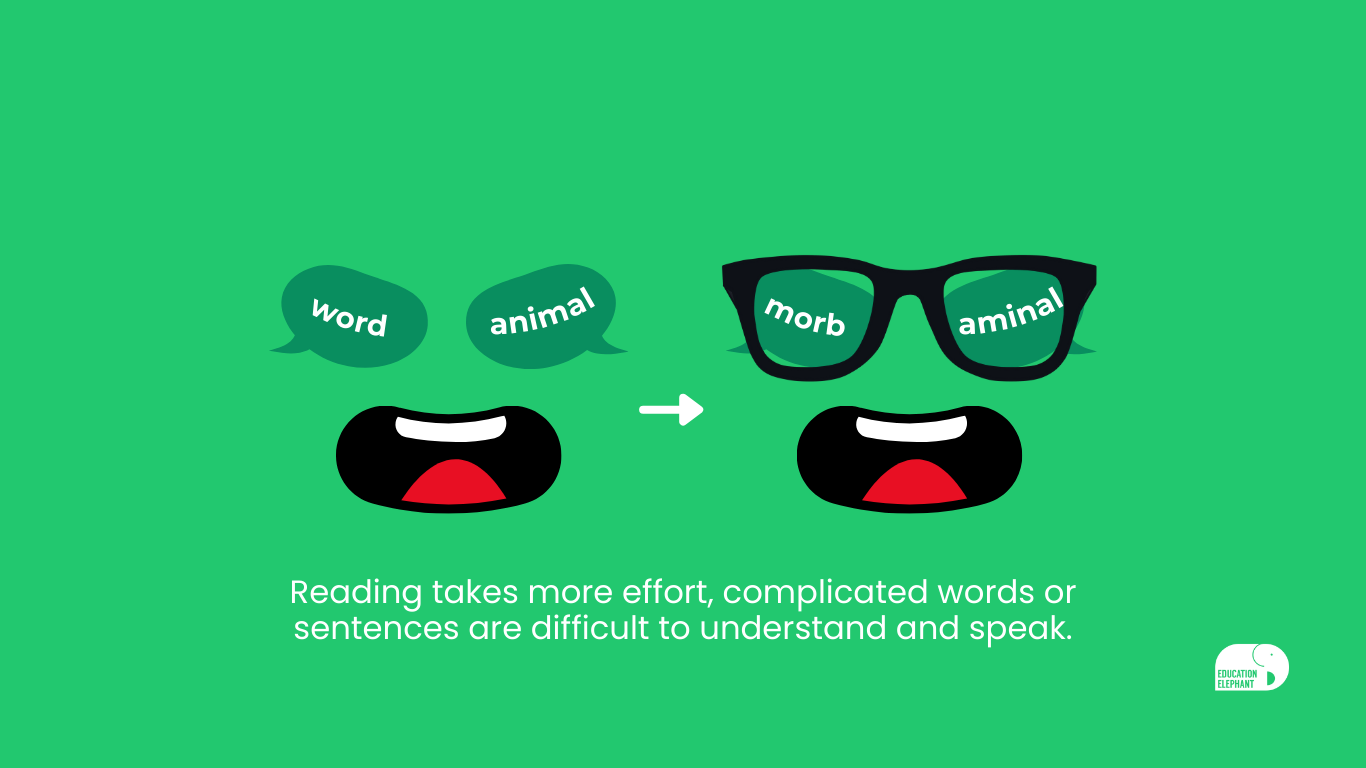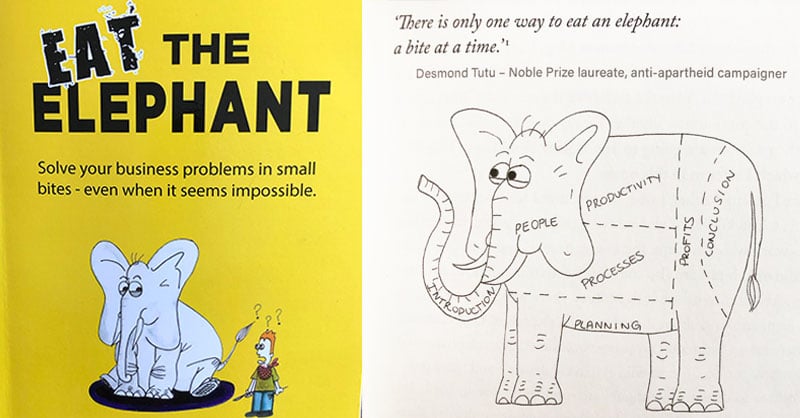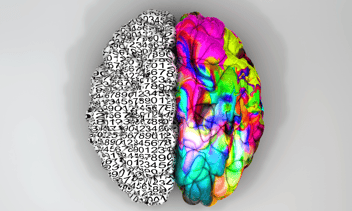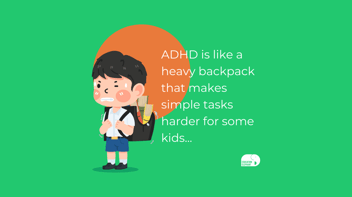How to Identify Dyslexia in your Classroom
.png)
Imagine Dyslexia as a unique pair of glasses that some kids wear...
Most kids might stumble over a word or struggle to read a sentence smoothly from time to time. But for kids with dyslexia, it's as if their glasses are a little more challenging to use, making the letters on a page look jumbled and confusing. This makes everyday tasks like reading a book or following written instructions much more challenging.
Dyslexia is something that can be noticed early on, well before a child reaches their teenage years. Signs of Dyslexia can show up when children are young, even in playschool. However, getting a clear understanding of dyslexia usually comes a bit later.
When kids are young, Dyslexia might show itself through difficulty in recognising words, learning to spell, or grasping basic reading skills. But as they grow it's not just about struggling with reading. It can also be about finding it tough to organise thoughts on paper, misinterpreting step by step instructions, or facing challenges with time management.
-Mar-28-2024-11-54-01-0199-AM.png)
Although some kids might find strategies that help them manage these challenges as they grow up, many will continue to experience the effects of dyslexia into adulthood. It's crucial for us as educators and parents to recognise this, so we can provide the right support to help them adjust their glasses, making the world of words clearer and more accessible every day.
Do you know a student who is:
- Reluctant to read aloud and answer questions?
- Constantly misspelling and mistaking words for others?
- Not completing homework on time?
If this sounds like one of your students, let's take notes, and see if it's time for a Dyslexia assessment.
What is Dyslexia?
Dyslexia is the most common learning disability, affecting at least one in every ten people. Dyslexia affects different people in different ways. With not one person exhibiting all the possible symptoms, some people may even exhibit symptoms that change throughout their lifetime.
People with Dyslexia do not see words any differently from how people without Dyslexia see words. Instead, how those words are processed is different and more challenging for Dyslexic students.
Dyslexia can affect all language forms, spoken or written. Children without Dyslexia also experience these difficulties, others just experience it more.
-Mar-28-2024-11-53-28-6205-AM.png)
1. Identifying Dyslexia before Primary School
It can be hard to tell if very young children, under 6 years old, have dyslexia. This is mostly because they haven't started learning to read and write in school yet. Also, up until this age, they haven't had to use reading and writing much where a teacher can see how they're doing compared to other kids.
Some Common Signs Pointing to Dyslexia can include:
- They find it hard to learn and remember the letters of the alphabet.
- They struggle to learn simple nursery rhymes.
- They have trouble recognising and spelling their own name.
- They often say familiar words the wrong way.
- They keep using words they should have grown out of.
- They can't spot rhymes in words, like "cat" and "hat" sounding the same at the end.
But just because a young child shows some signs that make us think of dyslexia, it doesn't mean they definitely have it. They might be developing their speech and language skills more slowly than others, or they might have a different condition like ADHD or Autism Spectrum Disorder.
2. Identifying Dyslexia in Primary School Children
Dyslexic students are known to succeed more in school subjects that are not heavily language-oriented, such as Science, compared to English and History.
Starting primary school is a big step because it's when kids begin to do more reading, writing, and math. This is also the time when it's easier to notice if a child is finding learning more difficult than others. Since kids are learning with classmates, it's easier for teachers to spot which students face the most difficulties and might need extra help.
It can be hard to tell if children under six years old have dyslexia, so their parents might be completely unaware their child is facing these challenges. Parents might not have had a chance to see how their child's learning compares to other kids their age.
That's why it's important for teachers to be kind but clear when they talk about the possibility of dyslexia with students and their families in primary school. Remember, not every child with dyslexia will show the same signs. The same way not every child who shows these signs will have dyslexia.

Potential signs to look out for:
- Trouble pairing letters with sounds
- Struggling to read isolated words (not in a chunk of text)
- Confusing or mistaking words for other words
- Reading aloud at a slower, more staggered rate than the average student.
- Trouble remembering basic Maths facts like times tables and how to read an analogue clock
3. Signs of Dyslexia in Secondary School Children
A Dyslexia diagnosis is quite common in Secondary School. However, depending on the stage of life, the disorder can affect children differently as they grow. In other words, some symptoms of Dyslexia may change or develop in older children. For example, secondary school-aged children with Dyslexia can experience any of the following:
- They will maintain a slow reading pace, making many mistakes as they read aloud;
- Both spelling and handwriting will be a challenge;
- Summarising and proofreading texts will prove challenging for students as the ability to focus on and identify specific words remains difficult, just as in their earlier years.
- It's shown that students may possess a smaller pool of knowledge as they have limited reading experience and struggle to attach meanings to words and remember them.
-Mar-28-2024-11-54-19-3967-AM.png)
"I think my student has Dyslexia."
Realising your student could have Dyslexia is a challenging experience for any teacher to face and should be dealt with with care, empathy, and patience. Having Dyslexia does not mean a child is not intelligent. Still, after years of struggling to keep up with their peers, these students can have lower self-esteem. Hence, it's essential to let them know this is a fairly common situation and there is hope.
Suppose you have observed signs of Dyslexia with one of your students. In that case, the best course of action is to discuss the importance of assessing the student with your parents. Only with an assessment and complete diagnosis can you take the necessary steps to ensure the student receives all the support they need.
Like most educational assessments, an educational psychologist will perform various tests with the student to assess their learning style and identify their strengths and weaknesses. In addition, the psychologist can determine whether or not your student has Dyslexia or any other kind of learning difficulty that may require individual attention and help.
Getting an Educational Assessment for Your Student
Proper diagnoses and early intervention by an Educational Psychologist will help your child, and student get the most out of their education and, most importantly, enjoy learning. Every child can be successful with the proper guidance and goals.
Eirim: The National Assessment Agency provides assessment services for schools and students across the country to identify the learning needs of all students.
Learn More, Teach Better
If you are looking to dive deeper into Dyslexia, our self-paced courses on support strategies, interventions and the roadmap to help you thrive in working with children with Dyslexia at home and in the classroom you can find our courses related to Dyslexia here.
Happy Learning from The Team at Education Elephant! 🐘
First time here?
P.s If you are on LinkedIn so are we! We condense ADHD, Dyslexia, Autism, Dyspraxia and more into bite size pieces so you don't have to eat the whole elephant in one.

Don't worry we don't mean really eat the Elephant!
You've got this; we're just here to help you connect the dots and help you support children as best you can! 🐘



.png?width=352&name=adhd_myths%20(1).png)